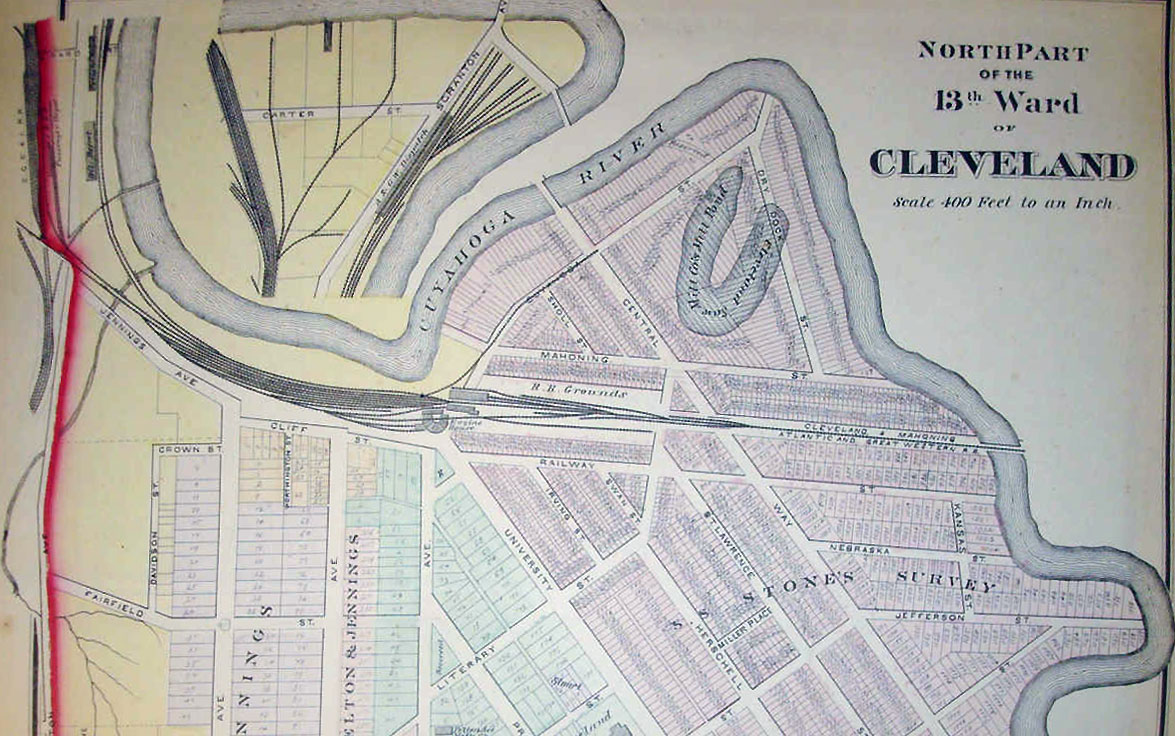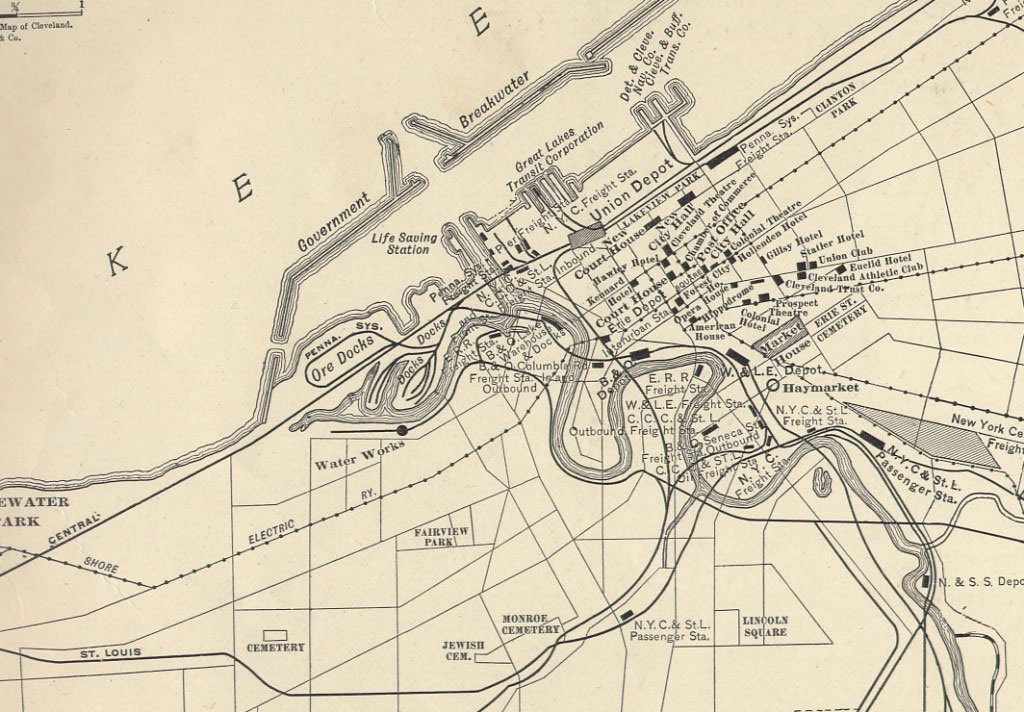

Diners and motels play up their Route 66 connections, and many bona fide Route 66 landmarks are kept in business by nostalgic travelers intent on experiencing a taste of this endlessly endangered American experience. The same commercial know-how and shameless self-promotion has helped the towns along the old route stay alive.

Billboards and giant statues along the highway still hawk a baffling array of roadside attractions, tempting passing travelers to view giant blue whales, to see live rattlesnakes and other wild creatures on display in roadside menageries, or to stay at “Tucumcari Tonite.” And it was here on Route 66 that the great American driving vacation first flourished. It was a Route 66 sight, the marvelous Meramec Caverns, that gave the world the bumper sticker. Though it is no longer a main route across the country, Route 66 has retained its mystique in part due to the very same effective hype, hucksterism, and boosterism that animated it through its half-century heyday. The old route is now designated Historic Route 66. Finally, after the last stretch of freeway was completed in 1984, Route 66 was officially decommissioned. This signpost on Adams Street marks the start of Route 66 in Chicago.īeginning in the late 1950s and continuing gradually over the next 25 years, old Route 66 was bypassed section by section as the high-speed Interstate highways were completed. After World War II, many thousands more expressed their upward mobility by leaving the industrial East, bound for good jobs in the suburban idyll of Southern California-again following Route 66, which came to embody the demographic shift from the Rust Belt to the Sun Belt. For three decades before and after World War II, Route 66 earned the title “Main Street of America” because it wound through small towns across the Midwest and Southwest, lined by hundreds of cafés, motels, gas stations, and tourist attractions.ĭuring the Great Depression, hundreds of thousands of farm families, displaced from the Dust Bowl, made their way west along Route 66 to California, following what John Steinbeck called “The Mother Road” in his vivid portrait, The Grapes of Wrath. Before it was called Route 66, and long before it was even paved in 1926, this corridor was traversed by the National Old Trails Highway, one of the country’s first transcontinental highways. Perhaps the most compelling reason to follow Route 66 is to experience the road’s ingrained timeline of contemporary America.


 0 kommentar(er)
0 kommentar(er)
